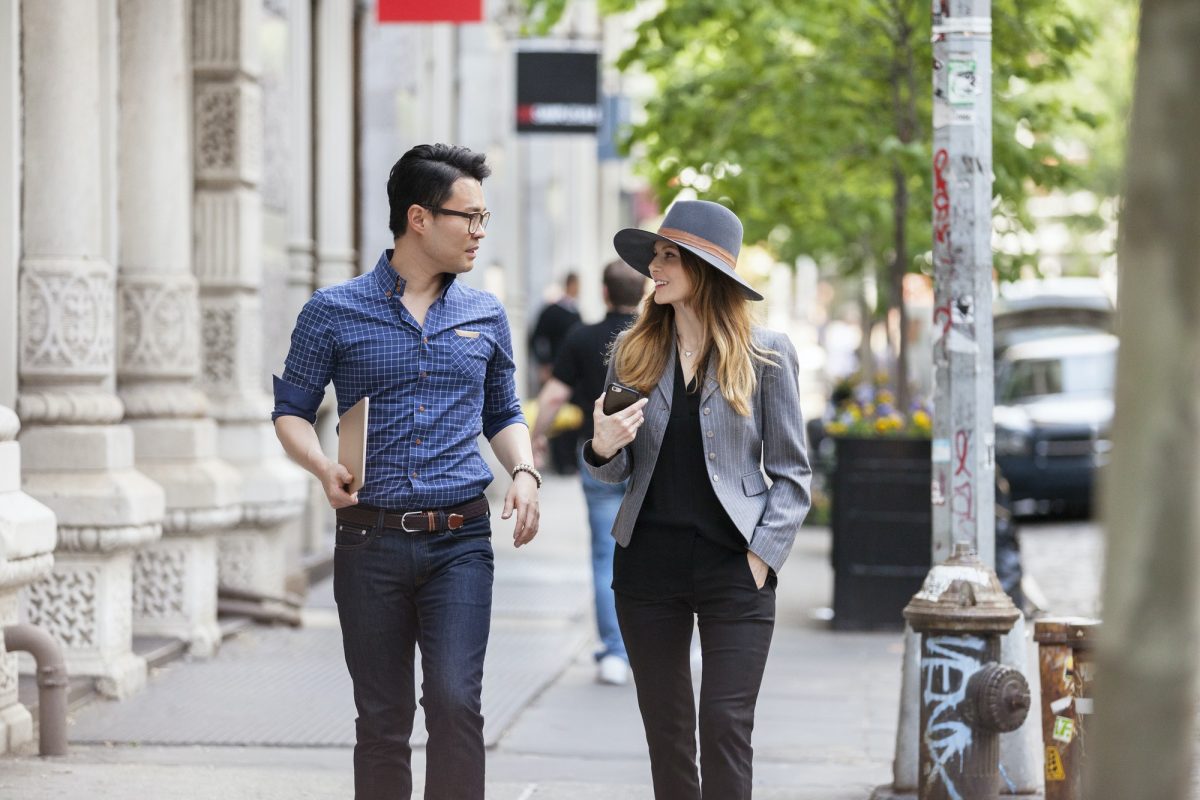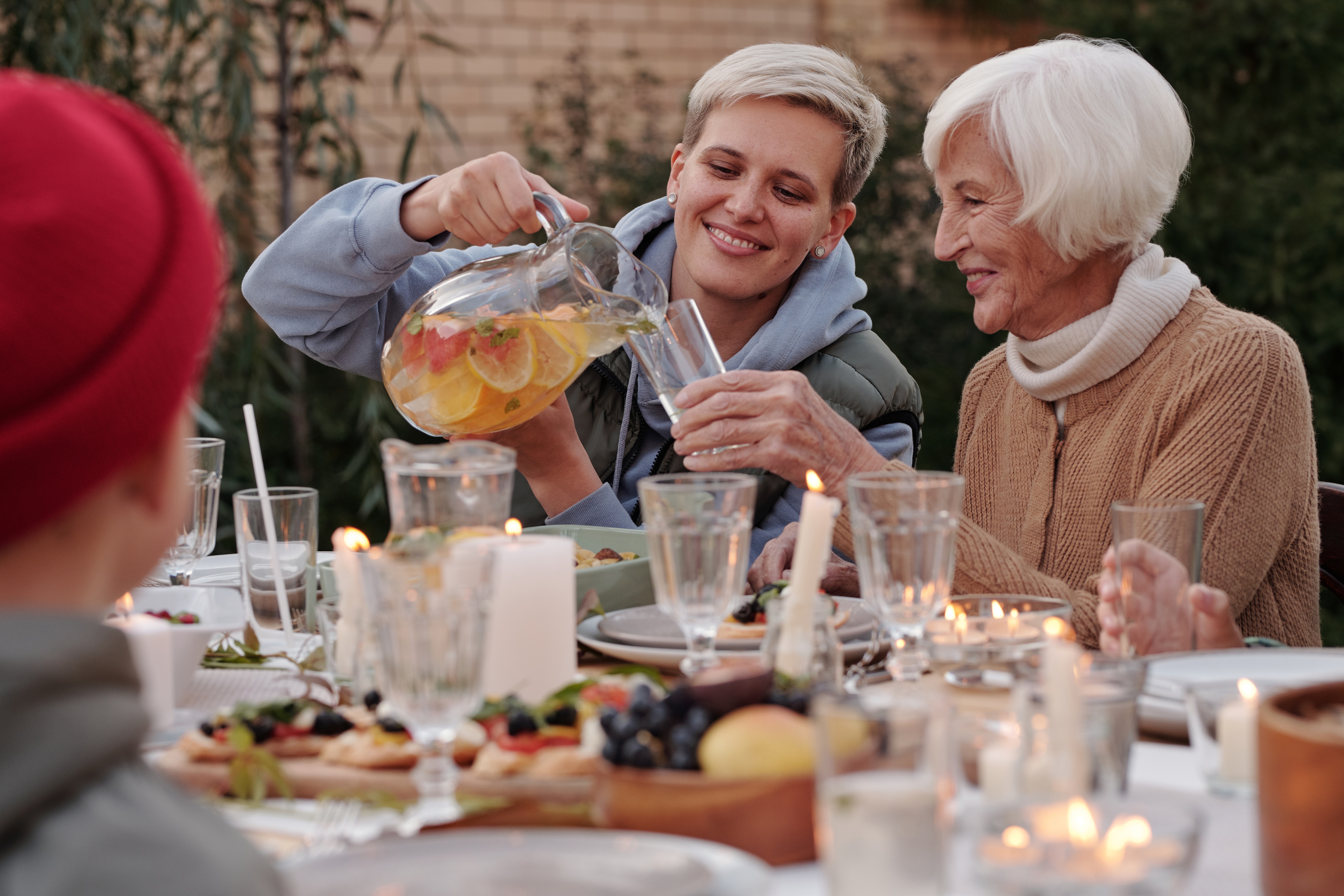It is that time of year. Holiday parties are often sprinkled throughout our December calendars. Whether it is a work, family, or community event, there are often expectations of appropriate dress for these occasions. The formality of attire often depends on the time of day of the gathering. Daytime get-togethers are usually more casual and evening events could be defined as semi-formal or festive. Another clue to the level of dress is location. If your event is at a 5-star hotel, that lends itself to dressy festive attire. If your event is at the local axe-throwing venue, you might want to lean toward cute holiday apparel. So, what is festive/holiday attire?
For men, a good quality dark suit, white shirt, and dark tie are safe and appropriate. A festive tie and/or socks are a fun twist for the holidays. Adding texture and color can intensify that fun. Velvet, cashmere, patterns, and festive colors in sweaters, jackets, and pants can lighten up a drab party.
For women, a cocktail dress (hitting around the knee) or a dressy pantsuit will always work. Adding color and texture is a way to show your personal style. So, jewel tones, velvet, cashmere, sequins, and other sparkles in clothing and accessories add to the cheery occasion. Showing some skin is acceptable here in bare arms and shoulders, but you may want to bring a pashmina or winter wrap for warmth and possible wardrobe malfunctions.
Gatherings these days tend to be less formal and more fun (festive). So, when in doubt, ask the host/hostess what they are wearing. They set the standard. If it is a work-related event, err on the conservative side and try to stay in the top 25% of your peers when it comes to formality. There are likely to be pictures and you don’t want to be captured for all eternity in an inappropriate disposition.
Though this time of year is often stressful for many reasons, don’t let what to wear add more anxiety to your days. Talk to other invited guests or check the internet for ideas. You are going to a party and it is supposed to be fun. So have fun with your attire and let the festivities begin!










